How many clothes do you have? Do you wear them all? To understand the ecological impact of clothing, we need to start with some figures:
• It takes about 2,500 liters of water to produce a cotton T-shirt, which is equivalent to 70 showers.
• It takes more than 7,000 liters of water to produce a pair of jeans, which is 285 showers.
• 4% of the world's drinking water is used for textile production.
Today, we talk about fast fashion, i.e., cheap and trendy clothes, which borrow ideas from fashion shows or celebrity culture and turn them into clothes in high-street shops at a dizzying speed to meet consumer demand.
As well as being polluting during production, fast fashion clothes continue to be polluting throughout their lives. Indeed, as these clothes are cheap, highly polluting materials are used to manufacture them, notably polyester, derived from fossil fuels. When a garment containing polyester is washed, it releases microfibers that pollute the water in the washing machine.
What are the solutions?
According to the WWF report on the clothing and textile industry, almost all the major textile companies (H&M, Zara, Pull & Bear) apply only very limited environmental measures in the production of their clothing. Even if this is a frightening fact, everyone can act to limit their consumption of clothing and, therefore, the pollution of textiles in a very simple way.
Second-hand clothes:
Buying clothes in second-hand shops is a first solution to limit the ecological impact of the textile industry. In addition to doing good for the planet, you will also do good for your wallet, and you will be able to find unique pieces. No more risk of having the same dress as your neighbor!
And sometimes you don't even need to go to a second-hand shop because the clothes are right at home: sort through your clothes, and you'll probably find some forgotten pieces that you can put back. Ask your friends to do the same, and you can swap clothes you no longer wear.
Ask yourself some questions:
There is a much simpler way to limit your clothing consumption: ask yourself the right questions.
Knowing that one T-shirt is equivalent to almost 300 showers, ask yourself if you really need it before you buy it. If you wear it often, if you have clothes that go with it. According to a study by the Echo newspaper, Belgians only use 12% of their wardrobe, whereas they think they use 70%. This means that
we are buying clothes that pollute the planet but for nothing because they will not be worn or will be worn very little. It is therefore important to rationalise the clothes we have and to ask questions before making any purchase.
Sources:
- Ces milliers de litres d'eau que l'on consomme sans forcément le savoir – Geo.fr
- 7000 à 10 000 litres d’eau sont nécessaires pour fabriquer un jean : comment arrêter les frais ? [QUIZ]
(linfodurable.fr)
- Approche écologique : les friperies (lejournaldescookies.fr)
- Rapport du WWF sur l’industrie de l’habillement et des textiles | WWF Suisse
- Qu’est-ce que la mode rapide et pourquoi est-elle si mauvaise? - Bon sur toi (goodonyou.eco)
- Quelle part de votre garde-robe vous habille quotidiennement? | L'Echo (lecho.be)




.png)
